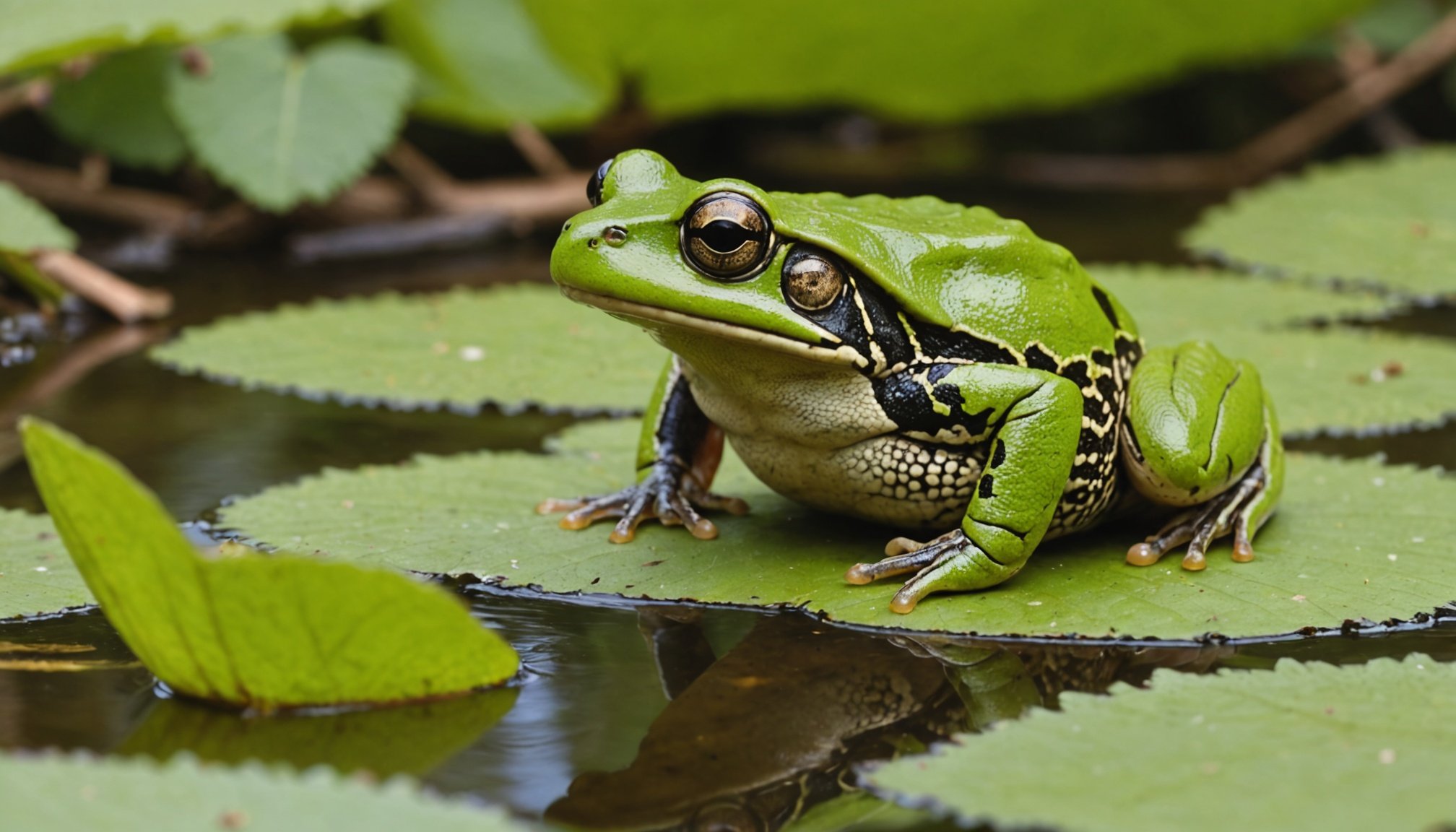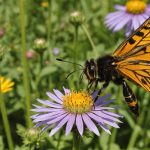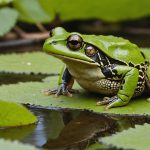Citizen Initiatives in Revitalizing Traditional Orchards
In recent years, community initiatives have played a crucial role in the revitalization of traditional orchards. These citizen-led projects often aim to restore neglected lands, enhance biodiversity benefits, and foster local engagement. By breathing new life into these orchards, communities are not only preserving an aspect of cultural heritage but are also creating valuable habitats.
Several case studies highlight successful revitalization efforts. One exemplary project is the “Heritage Orchard Network” that connected community members and experts to restore and manage traditional orchards. Participants have reported increasing numbers of local wildlife and the return of rare plant species due to these efforts.
Also to see : Balancing innovation and nature: essential tech strategies for uk farmers to safeguard livestock while coexisting with badgers
The biodiversity benefits of these initiatives are significant. Revived orchards serve as essential habitats for local fauna. Bird species, small mammals, and various insects find a sanctuary within these verdant landscapes. Additionally, the restored environments play a crucial role in wildlife protection by sustaining pollinators, such as bees and butterflies, vital for ecological balance.
Community initiatives are demonstrating how grassroots action can lead to tangible environmental impacts. As more of these projects succeed, they serve as a template for future endeavors aimed at revitalizing traditional orchards and enhancing ecological stability.
Also read : Breathing New Life into Ecosystems: UK’s Mission to Restore Pine Marten Habitats
Ecological Benefits of Revitalized Orchards
Revitalized traditional orchards are more than just remnants of cultural history; they are vital ecosystems supporting a diversity of wildlife. These orchards provide crucial habitats for numerous species, fostering an environment where flora and fauna can thrive. Ornamental trees and native plant species in these orchards create niches for birds, insects, and mammals. This ecological network is essential in maintaining ecosystem stability.
One significant role of these orchards is supporting pollinators, like bees and butterflies, which are indispensable for pollination and the health of plant populations. Pollinators not only ensure the reproduction of orchard plants, but they also facilitate the growth of wildflowers and other vegetation, further enriching biodiversity.
Furthermore, healthy orchards contribute to broader ecological benefits by improving soil health and reducing erosion through root systems. As these biodiverse habitats are restored, they ripple out positive effects across local ecosystems, supporting amphibians, reptiles, and other species indirectly. Communities that actively engage in the revitalization of these orchards can witness firsthand the resurgence of local biodiversity and the balanced coexistence of various species. The orchard environments thus become sanctuaries promoting sustainability and ecological resilience.
Strategies for Protecting Britain’s Frogs and Toads
Protecting Britain’s frogs and toads requires coherent strategies and community-driven efforts. During amphibian migration seasons, safeguarding their habitats becomes vital. Migration often occurs during wet and warm weather, typically from late winter to early spring. To ensure safe passage, residents can create amphibian-friendly environments by reducing garden obstructions and maintaining ponds.
Those committed to frog protection and toad conservation are implementing best practices such as installing temporary barriers to redirect amphibians safely. These structures help guide frogs and toads away from roads, diminishing vehicular fatalities. Moreover, the enhancement of existing ponds or the establishment of new water bodies provides these amphibians vital breeding grounds.
Community engagement is pivotal. Local conservation groups, supported by volunteers, focus on habitat restoration and awareness campaigns. These initiatives educate the public on the importance of amphibian migration and the steps needed to aid these creatures during critical periods. Simple actions like garden modifications or volunteering for local projects can significantly impact amphibian populations, strengthening the ecological fabric.
By participating in established conservation programs or starting new local initiatives, each member of the community plays a crucial role in fostering a sustainable environment for Britain’s beloved amphibians.
Resources for Further Involvement and Conservation Actions
Engaging with conservation efforts can be rewarding, providing numerous opportunities to support orchards and amphibians alike. Various organizations are dedicated to such causes, offering platforms for community involvement. Volunteer opportunities abound, allowing individuals to contribute to orchard revitalization and amphibian protection. These activities not only promote biodiversity but also strengthen communal ties.
Educational resources play a crucial role in enhancing public understanding. Workshops and online courses are available, offering insights into effective conservation strategies. Engaging with these materials equips individuals with the knowledge to support local initiatives intelligently and sustainably.
Several key organizations, such as the Heritage Orchard Network, not only focus on orchard preservation but also conduct research essential for informed action. Conservation groups working specifically on amphibian protection encourage involvement through seasonal events like migration observations or habitat restoration projects.
By joining these efforts, community members can experience hands-on learning while making tangible contributions to environmental sustainability. Whether through direct participation or educational pursuits, becoming involved is a meaningful way to reinforce local and regional ecosystems, ensuring the longevity and health of cherished natural landscapes.
Seasonal Migration of Frogs and Toads
The amphibian migration in the UK is a critical period, typically occurring from late winter to early spring. Triggered by seasonal changes, this migration sees frogs and toads travelling to their breeding grounds. Understanding these timings and patterns is essential for those looking to help.
One major challenge faced by frogs and toads is habitat fragmentation, often leading to dangerous crossings of roads and urban areas. These obstacles increase mortality rates, posing significant threats to populations. Therefore, fostering community awareness is paramount. Engaged communities can implement measures such as installing temporary amphibian-friendly crossings, like tunnels, or using barriers to guide migrations safely.
Residents can also protect species by maintaining natural ponds and reducing artificial hazards in gardens. Creating amphibian-friendly environments at home by offering natural cover and minimizing pesticide use can make a significant difference.
For these efforts to be effective, community engagement during peak migration seasons is crucial. Local groups often organize educational workshops and volunteer days, allowing individuals to learn about amphibian ecology and contribute directly to conservation efforts. These activities not only protect amphibians but also fortify communal bonds and environmental stewardship.











